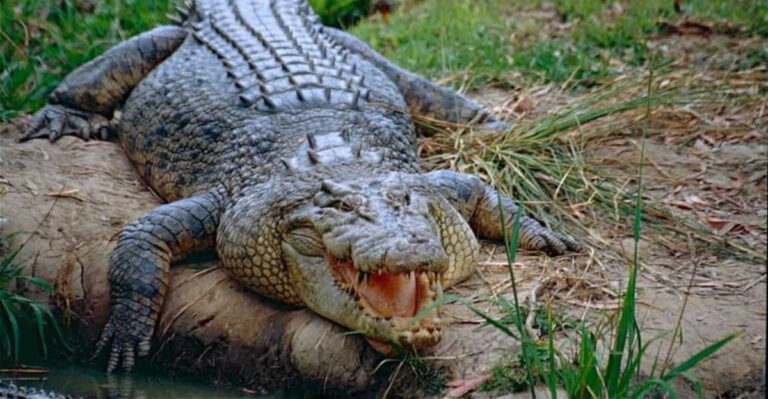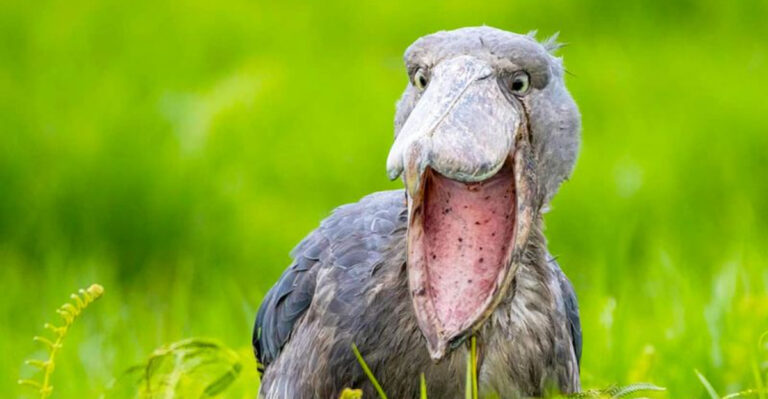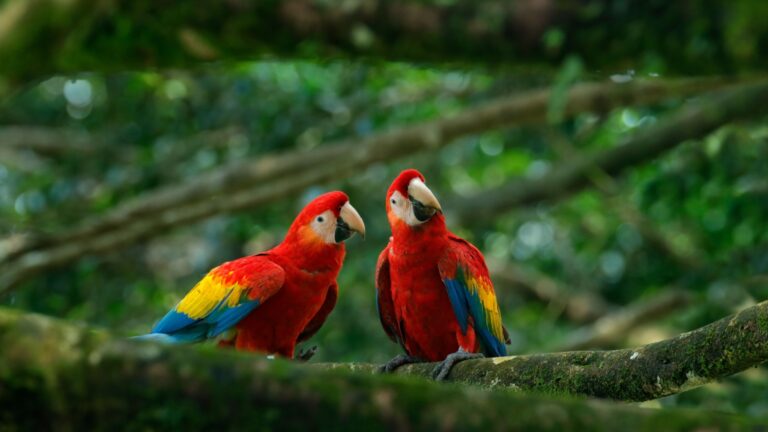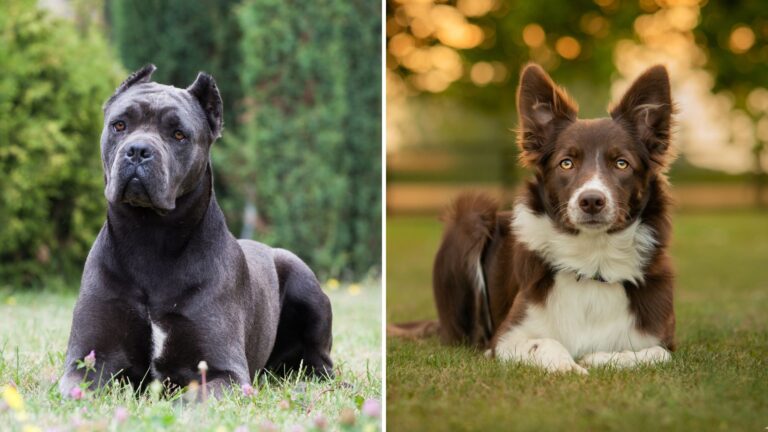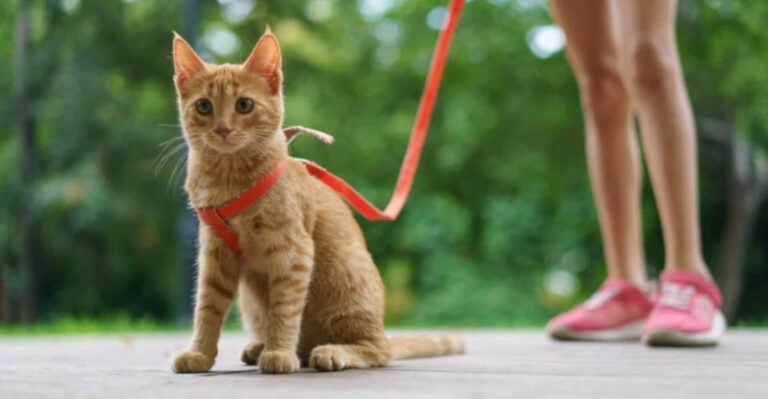15 Lost Species Scientists Hope To Bring Back To Life
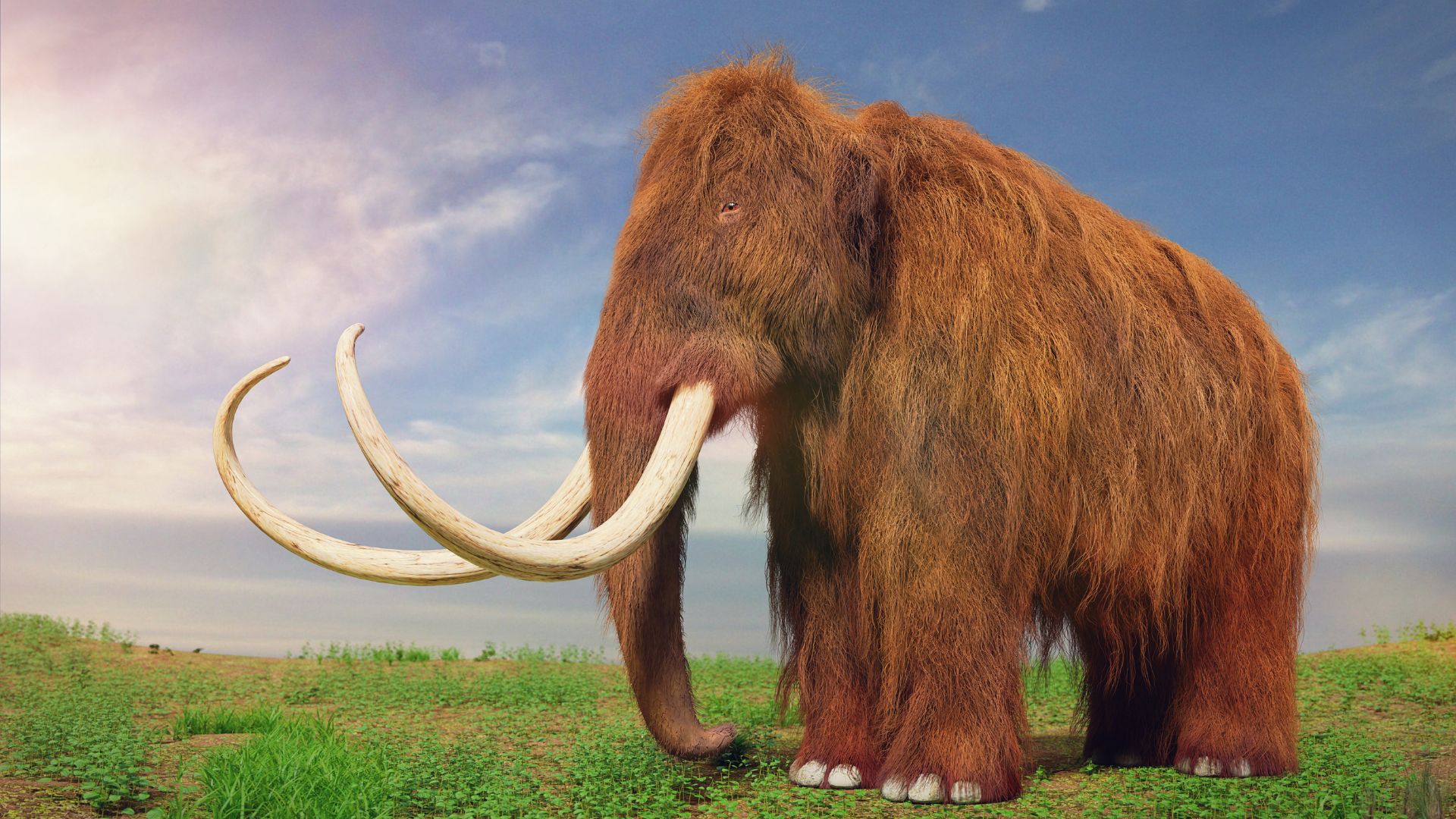
From the majestic woolly mammoth to the elusive Tasmanian tiger, scientists are working tirelessly to bring back species that have been lost to extinction.
Using advanced genetic technologies like cloning and DNA analysis, efforts to revive these lost species offer a glimpse into the future of conservation.
In this article, we explore 15 species scientists are hopeful to bring back to life, shedding light on the exciting possibilities of de-extinction.
1. Dodo Bird
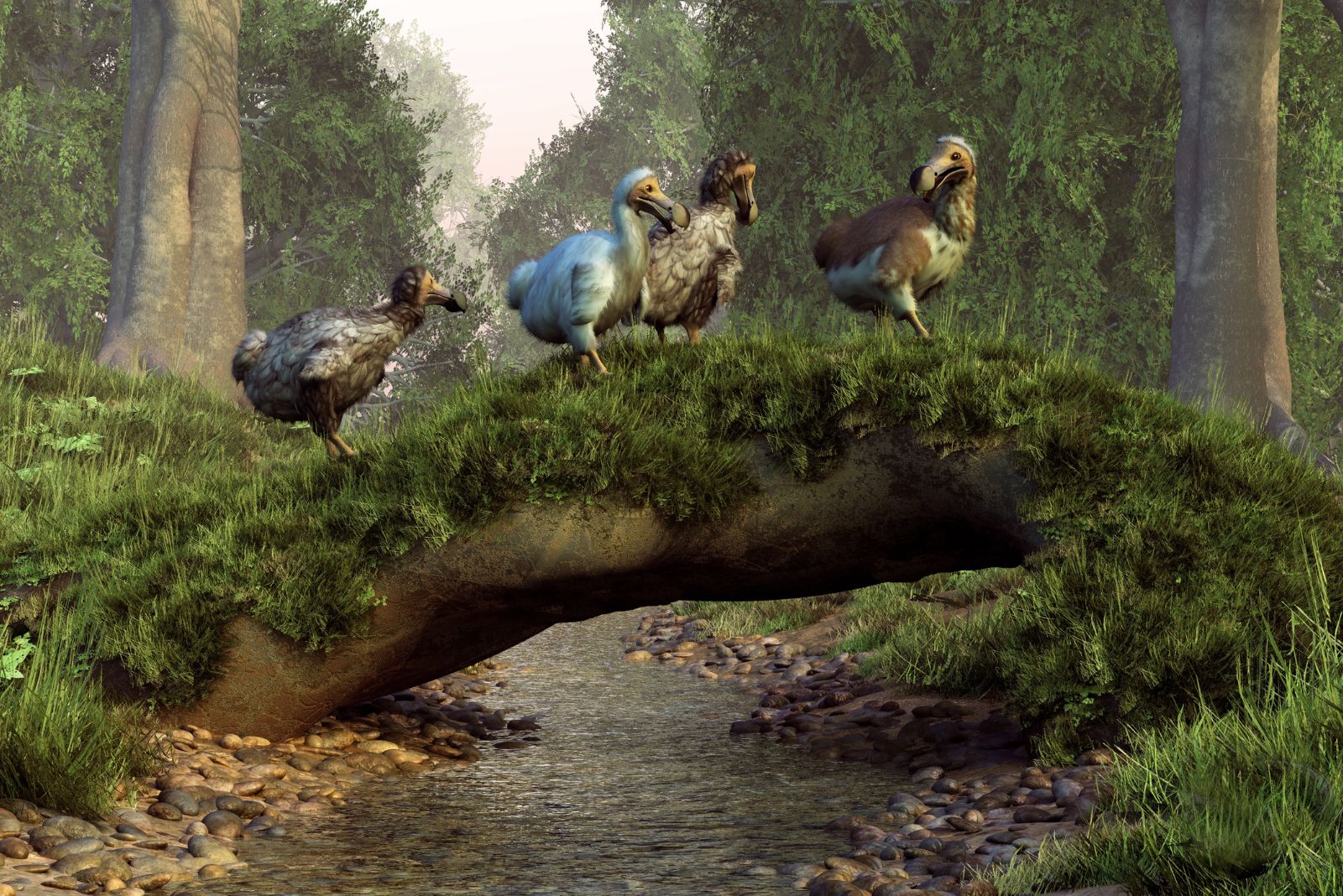
The dodo bird, a flightless bird native to Mauritius, went extinct in the 1600s due to human impact.
When Europeans reached Mauritius, they hunted dodos and brought animals like rats and cats that ate dodo eggs, which quickly reduced the dodo population.
By 1681, dodos were gone. Today, scientists still study dodo remains, and in 2022, they completed the first full dodo genome.
This research could be a step toward possibly bringing the dodo back, although there are many challenges, like ensuring genetic diversity.
2. Thylacine Aka The Tasmanian Tiger
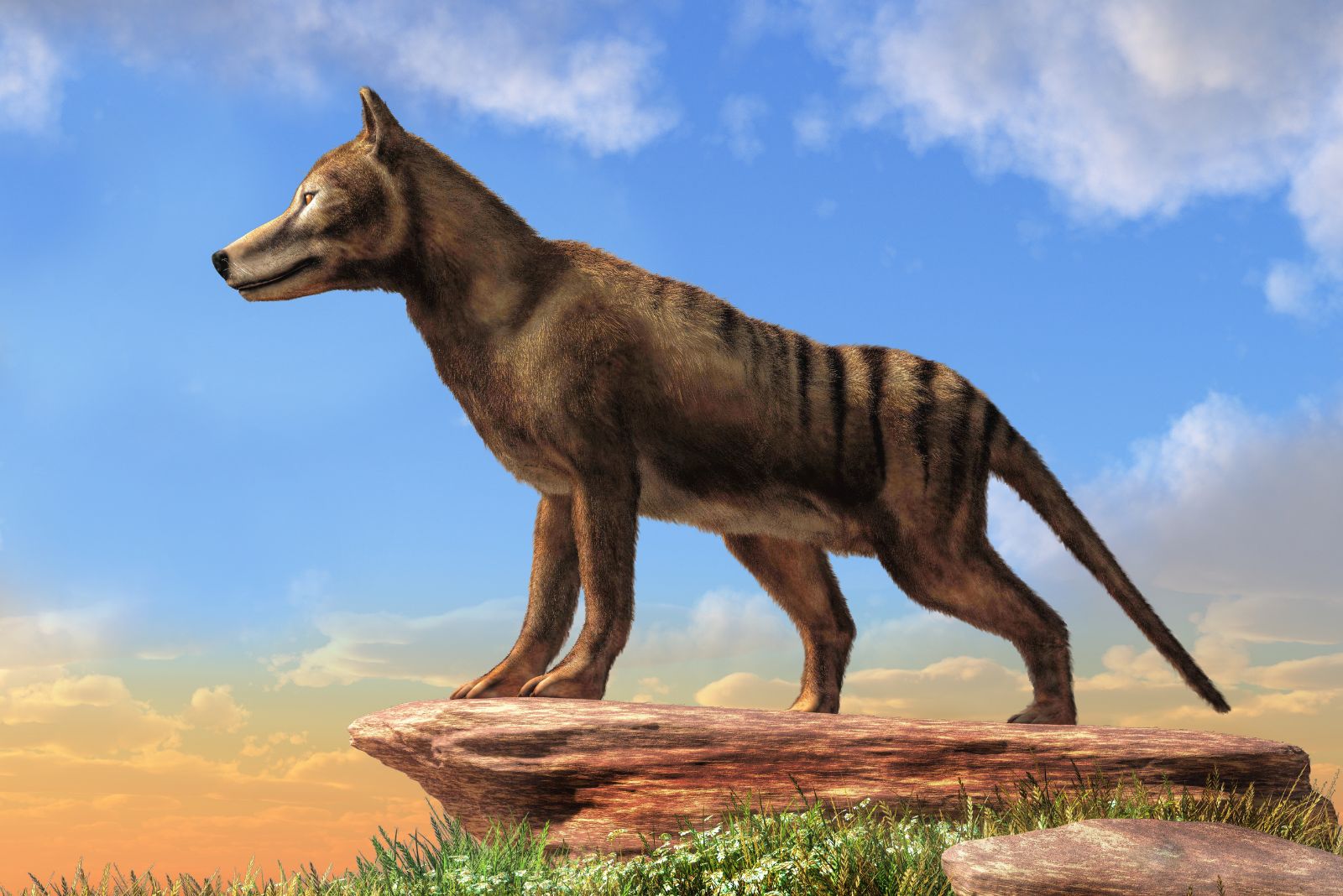
The thylacine, also known as the Tasmanian tiger, was a marsupial that lived in Australia, New Guinea, and Tasmania.
Its population was already declining when Europeans arrived, and efforts to protect it came too late. In 1936, the last known thylacine, named Benjamin, passed away in captivity.
Recently, scientists sequenced its entire genome, sparking hopes to bring it back. Experts believe that by around 2027, with more research and time, they may be able to recreate a functional genome, opening the door for its possible return.
3. Quagga
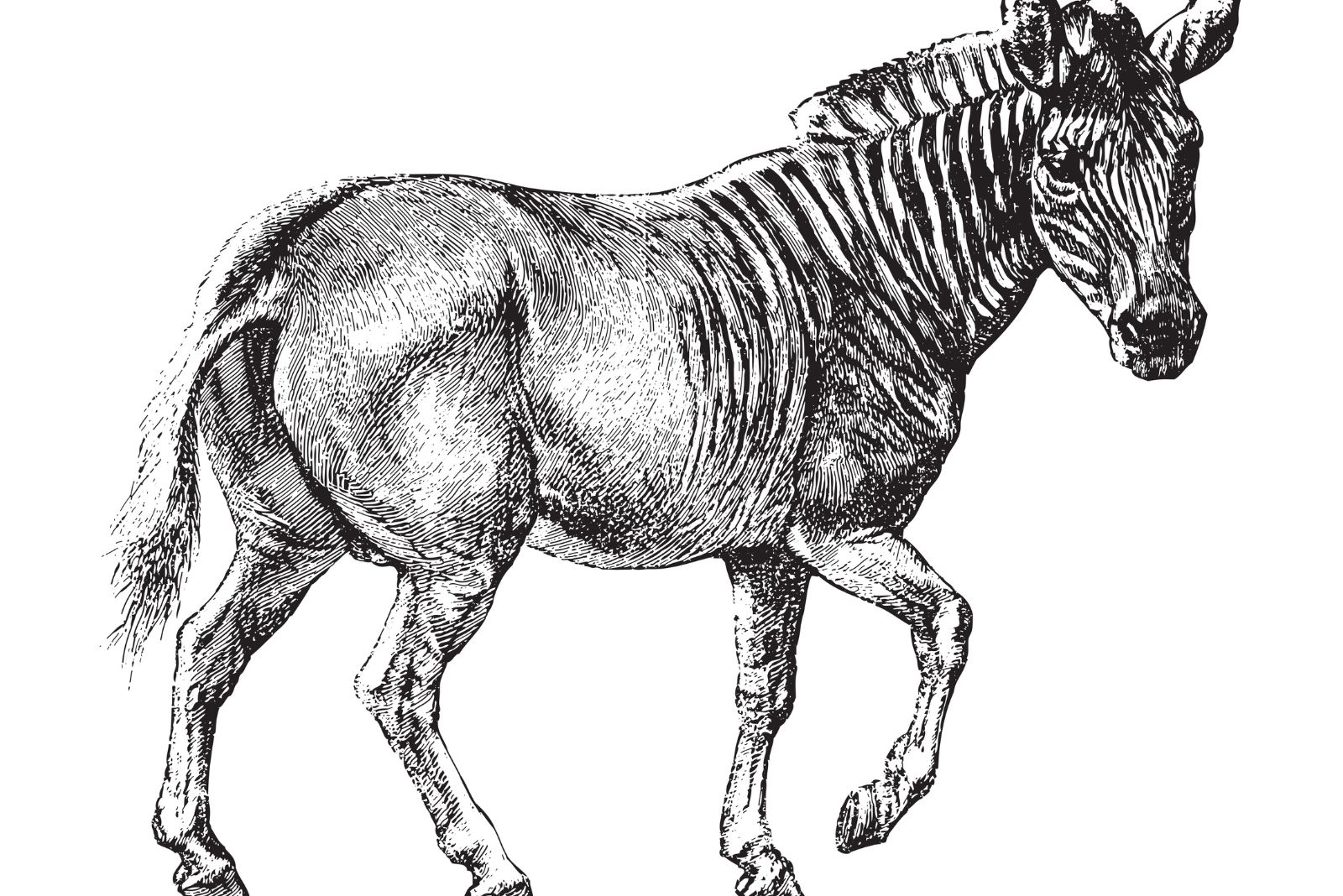
The quagga, a unique type of zebra from South Africa, had stripes only on the front half of its body, with the back being brown. Hunted by humans, the last quagga in the wild was shot in 1870, and the last captive one passed away in 1883.
In 1987, the Quagga Project began selective breeding of zebras that resembled quaggas, and since then, several zebras have been bred with similar traits.
Though not true quaggas, these “Rau quaggas” bring us closer to seeing quagga-like animals in the wild again.
4. Passenger Pigeon
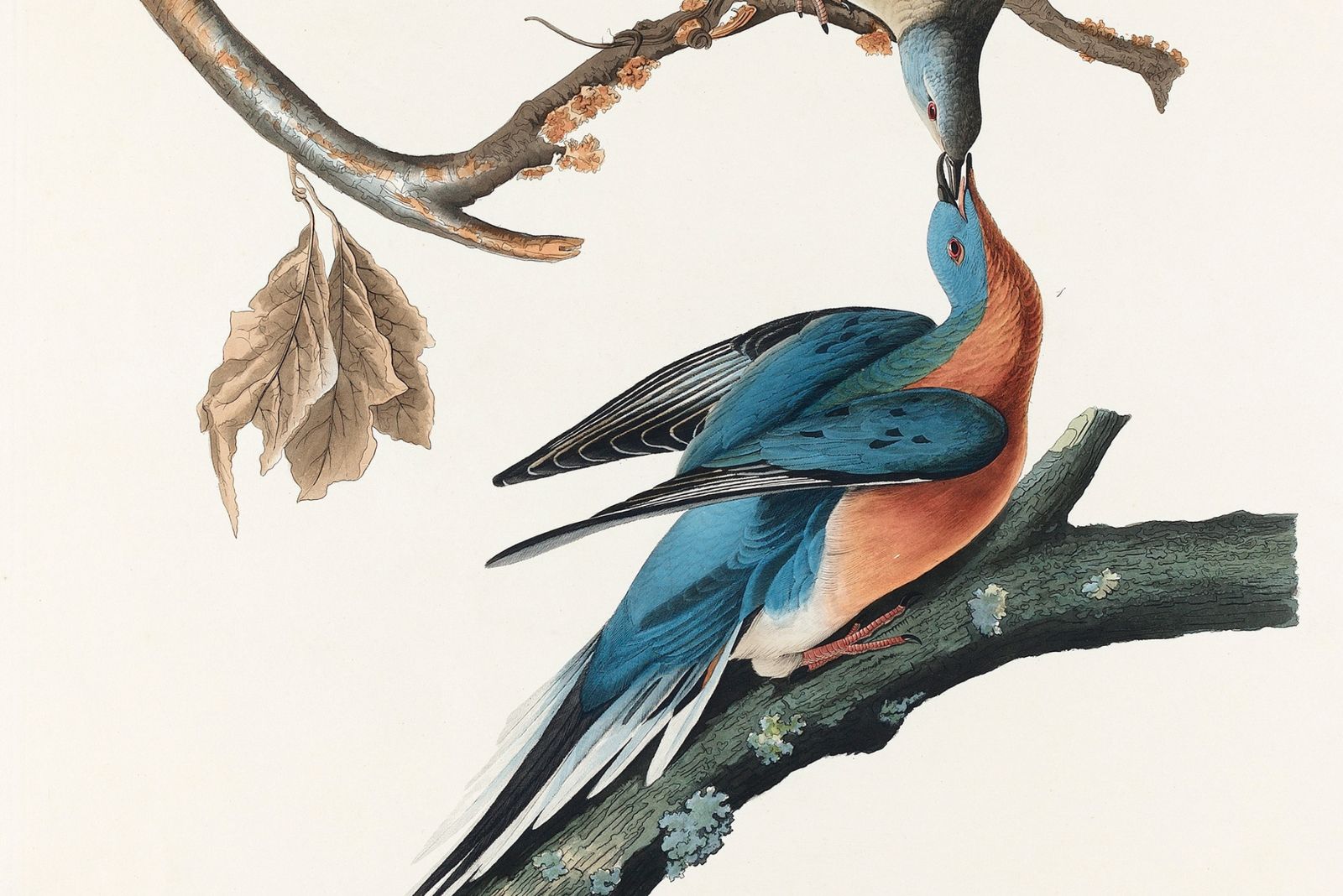
Passenger pigeons were once so numerous in North America that their flocks could block out the sun. However, heavy hunting for food caused their numbers to plummet, and by 1914, the species was extinct.
Revive & Restore, a conservation group, is working to bring back the passenger pigeon by modifying the DNA of a close relative, the band-tailed pigeon, to create a similar bird.
While it wouldn’t be exactly the same, the result would look and behave much like the original. Release of these birds into the wild could start as soon as 2030.
5. Moa
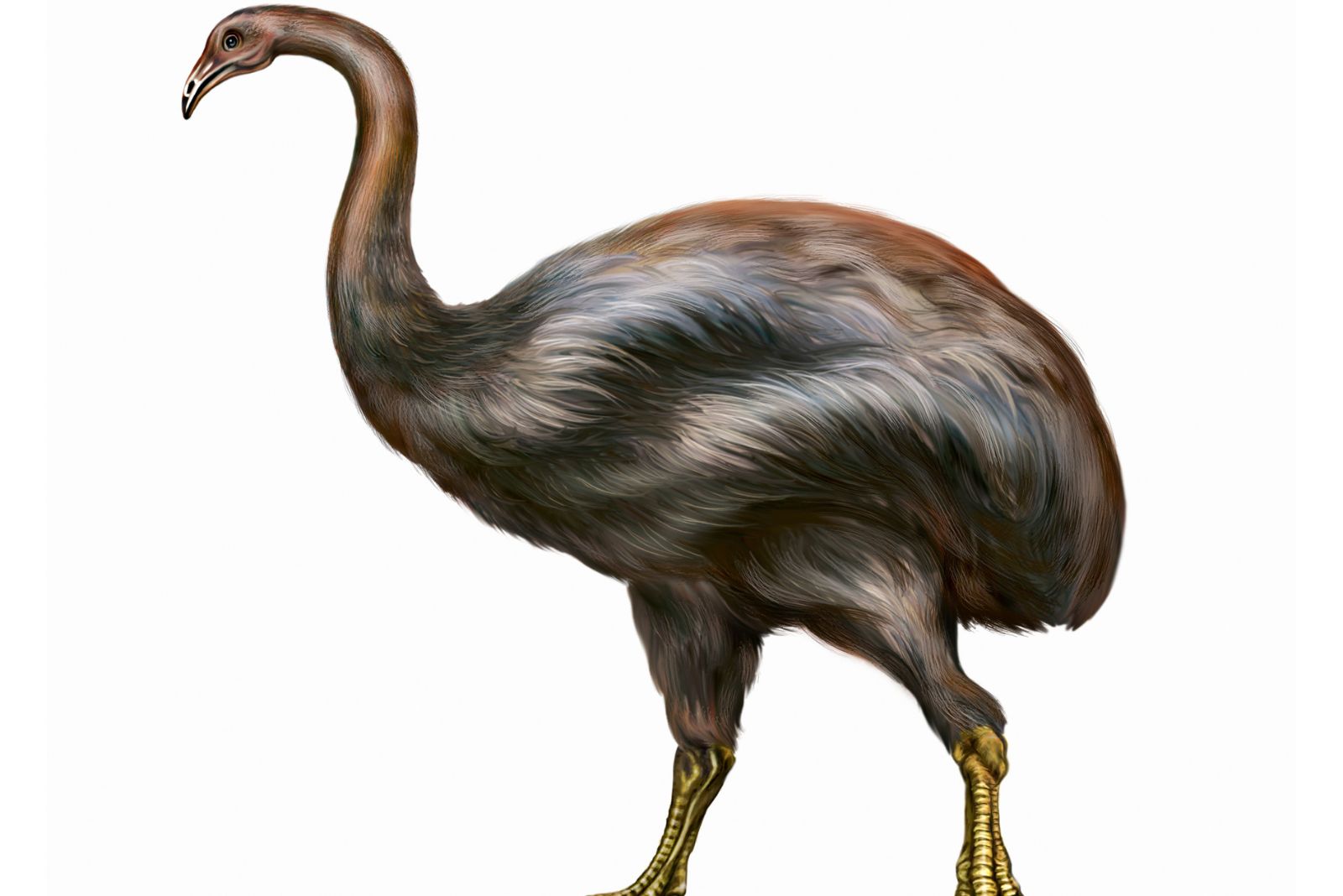
The moa was a massive, flightless bird from New Zealand, standing up to 12 feet tall and weighing over 500 pounds. Overhunting by the Maori led to their extinction by around 1400.
While moas have no close relatives left in New Zealand, the tinamou bird from South America shares some genetic links. Scientists continue to study these birds to see if parts of moa DNA still exist in related species.
6. Gastric Brooding Frog
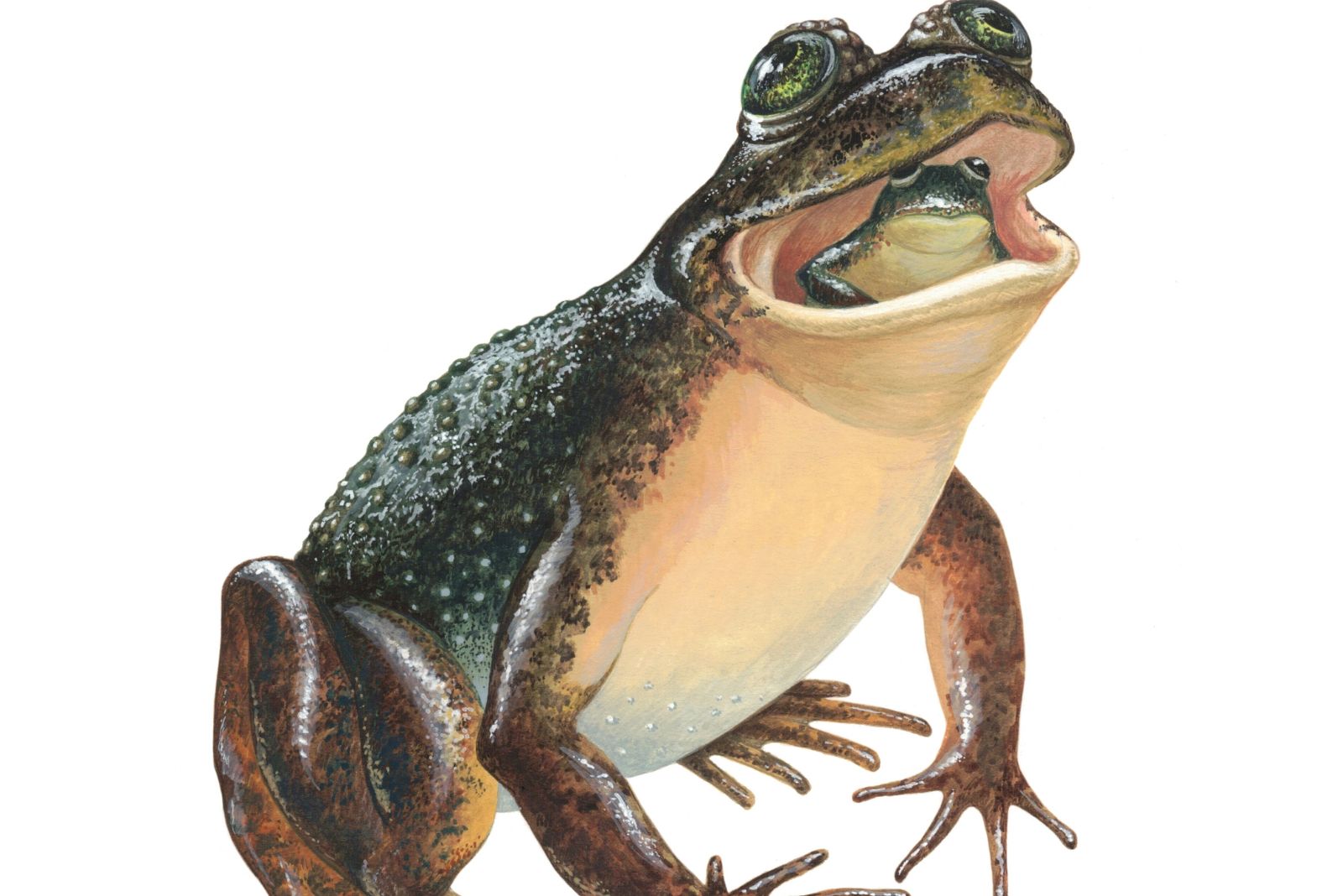
The gastric-brooding frog had a unique way of raising its young, believe it or not, it would swallow its eggs and later “give birth” through its mouth.
Sadly, this species went extinct in 1983. However, in 2013, scientists made progress by implanting the frog’s nucleus into another species’ egg.
While the project is still in early stages, this breakthrough gives hope for possibly bringing back this one-of-a-kind frog.
7. Woolly Mammoth
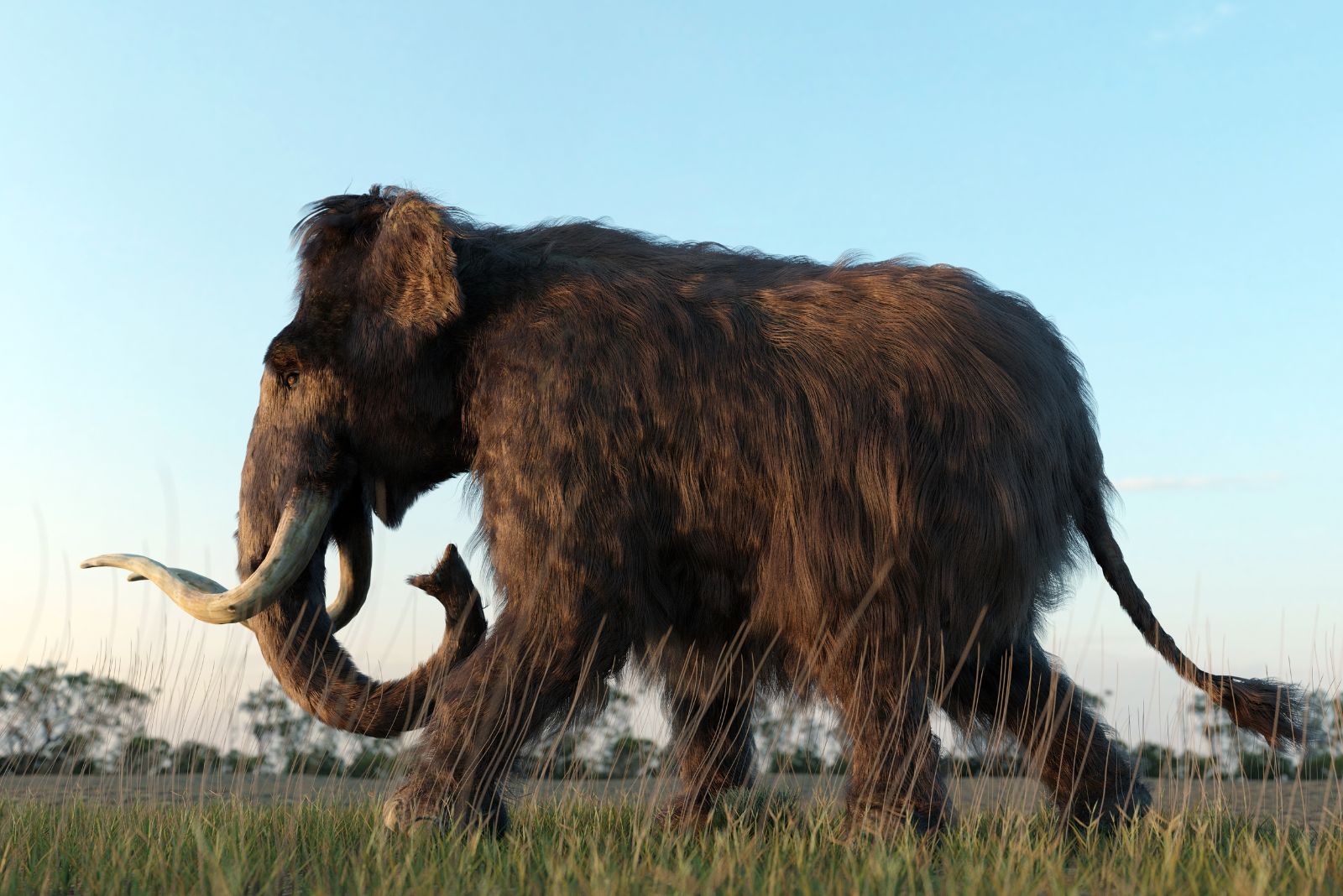
Woolly mammoths roamed the Earth until around 4,000 years ago, with the last known population living on Wrangel Island. (We all know the famous Manny from the Ice Age cartoon franchise.)
These mammoths have fascinated scientists for years, and frozen remains have enabled extensive DNA research. Scientists hope to eventually bring back the mammoth, possibly by combining mammoth DNA with that of an Asian elephant.
Restoring mammoths to the Arctic could even help the environment by maintaining cold grasslands, potentially slowing climate change.
8. Woolly Rhinoceros
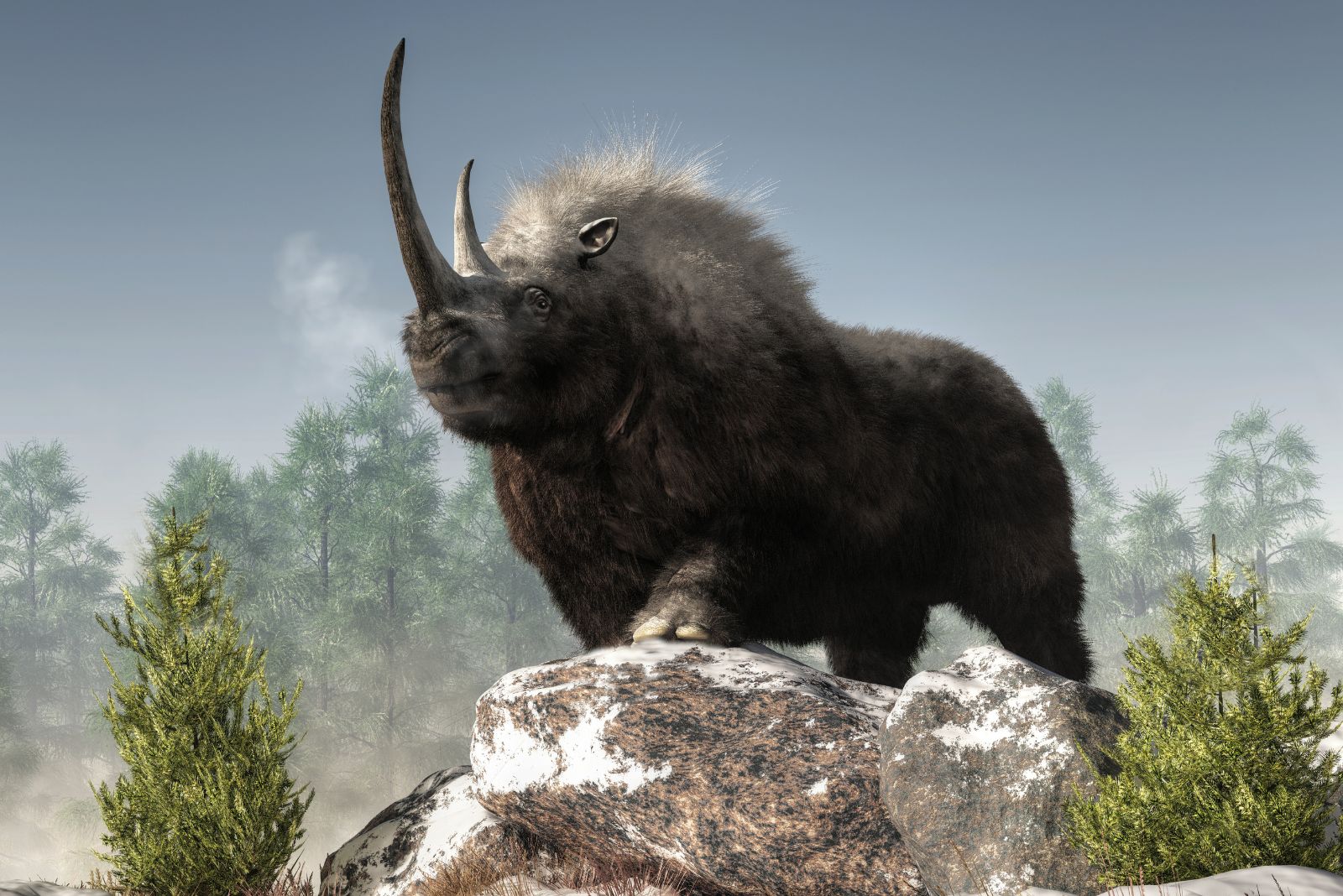
The woolly rhinoceros thrived in cold regions across Europe and Asia during the Ice Age. With thick fur and stocky legs, it was well adapted to freezing tundra environments.
Many believe human hunting played a big role in their extinction, and scientists are considering reintroducing them to help restore balance to certain ecosystems affected by their loss.
9. Irish Elk
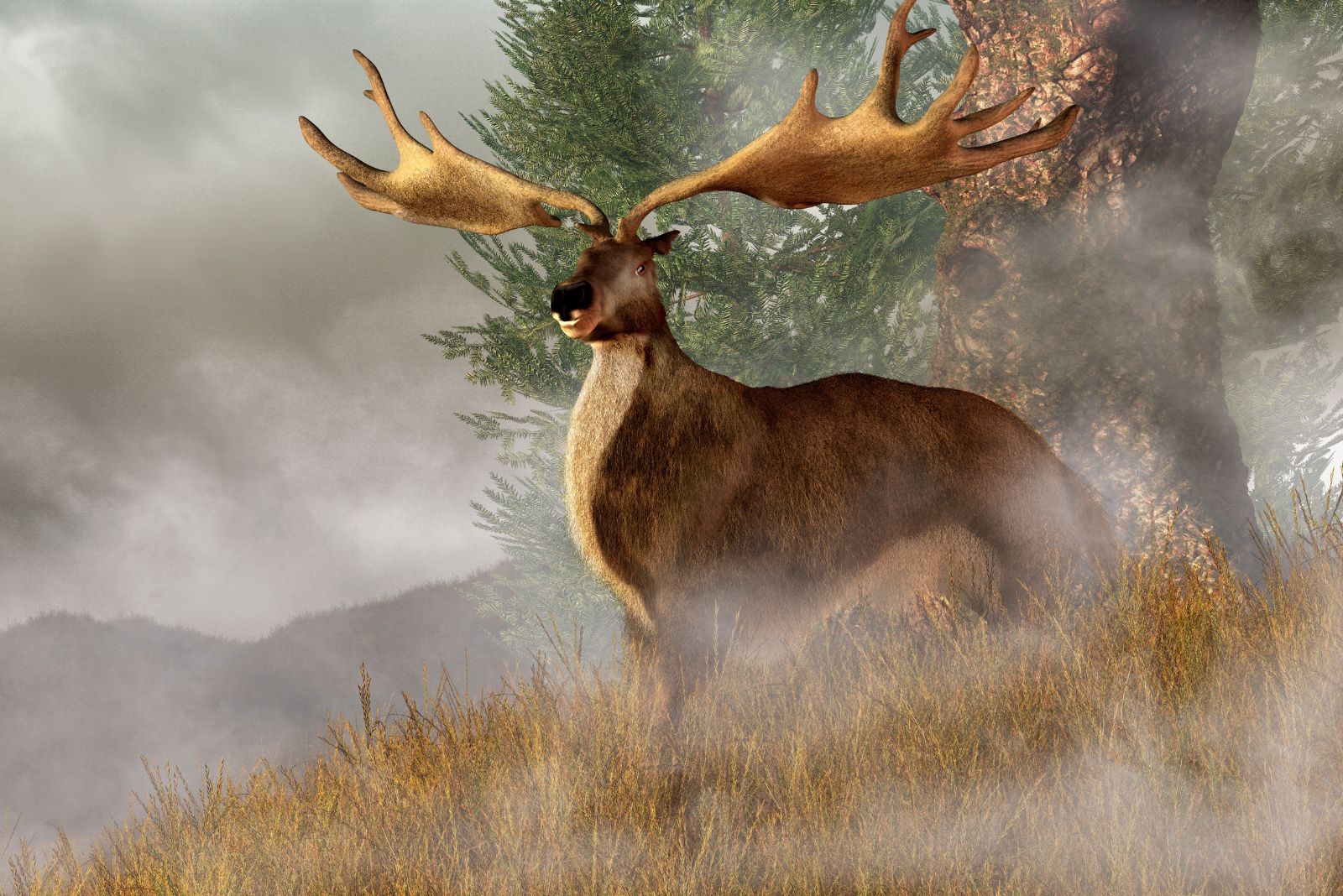
The Irish elk was one of the largest deer species, with massive antlers that could span up to 12 feet. It went extinct around 7,700 years ago, with its last known remains found in Siberia.
Researchers think certain genes from red or fallow deer could be linked to the Irish elk, giving hope that part of its legacy lives on in these related species.
10. Sabre-Toothed Cat
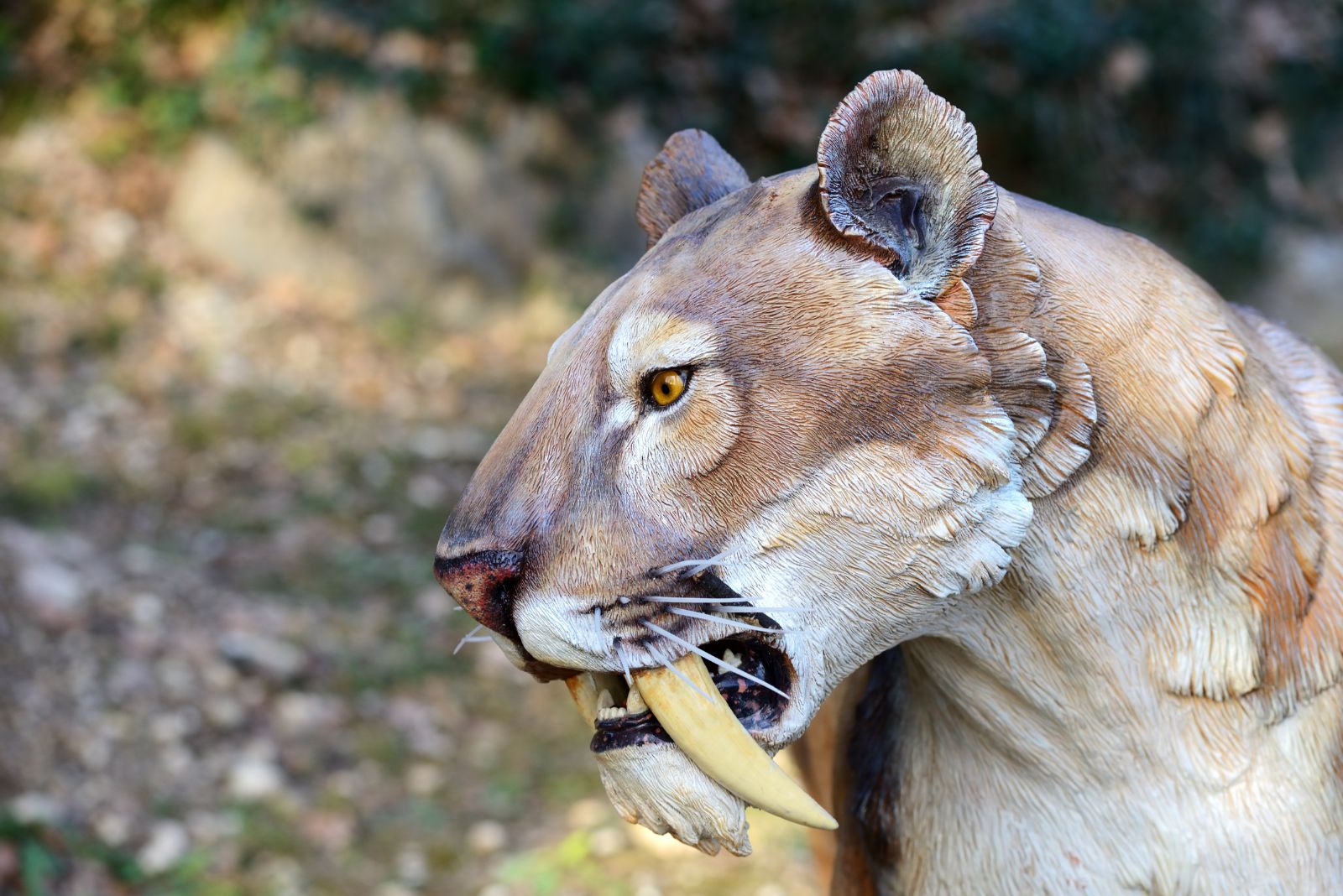
The sabre-toothed cat, known for its long, curved canine teeth, roamed the Earth around 10,000 years ago before going extinct. Scientists are investigating how to bring this iconic predator back through de-extinction methods like cloning and gene editing.
Researchers are looking to extract well-preserved DNA from sabre-toothed cat fossils and insert this genetic material into the genome of modern big cats, like tigers or lions.
The hope is to recreate a version of the sabre-toothed cat that could potentially be reintroduced into the wild in controlled environments, although this remains a long-term, speculative project.
11. Great Auk
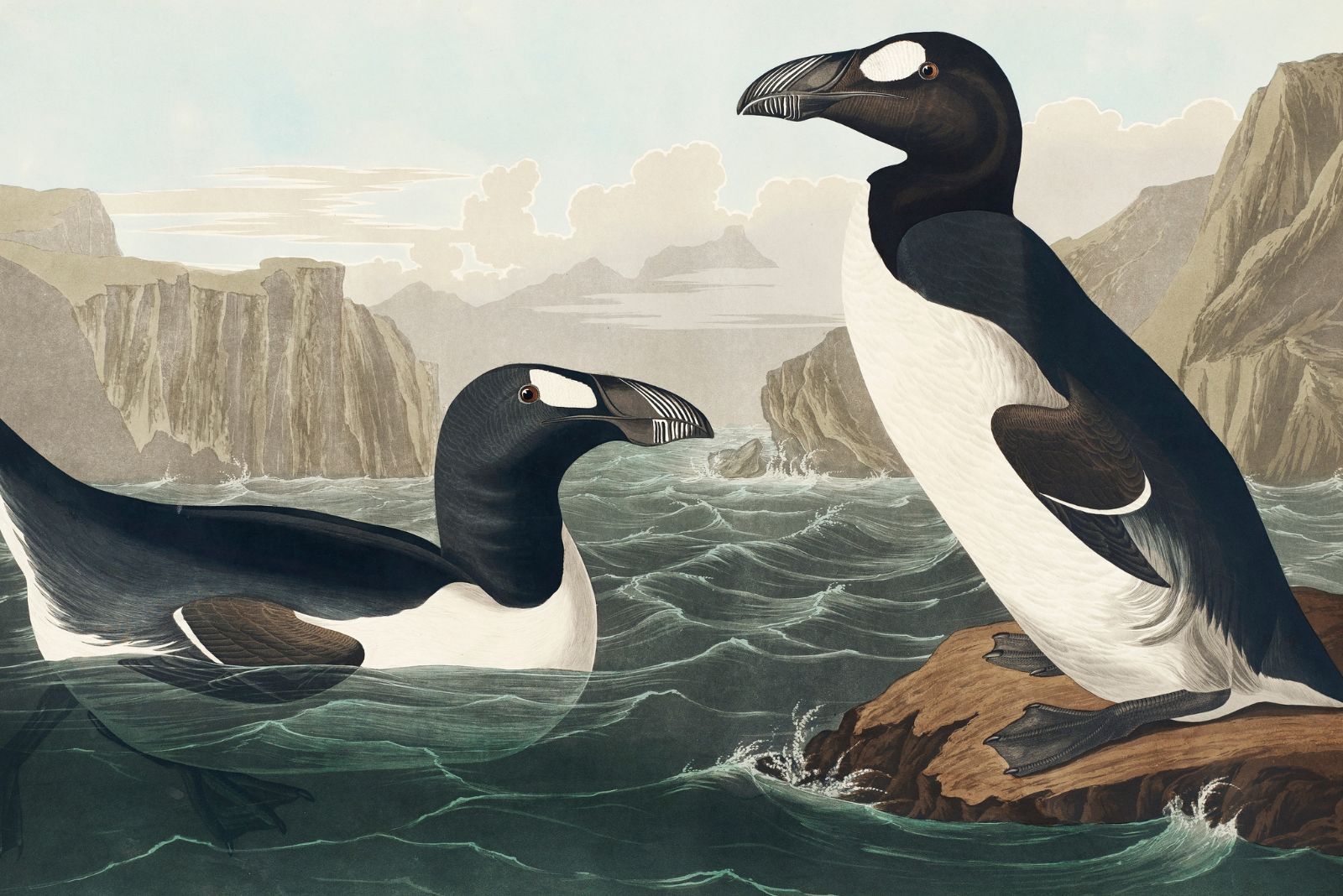
The Great Auk, a flightless bird that once inhabited the coasts of the North Atlantic, was hunted to extinction in the mid-19th century. Scientists are trying to bring back the Great Auk using a combination of ancient DNA and gene-editing technology.
By sequencing the Great Auk’s genome and studying its closest living relatives, like the razorbill, researchers hope to eventually bring this extinct bird back to life.
This ambitious project aims not only to restore a lost species but also to contribute to the broader understanding of avian evolution and de-extinction techniques.
12. Labrador Duck
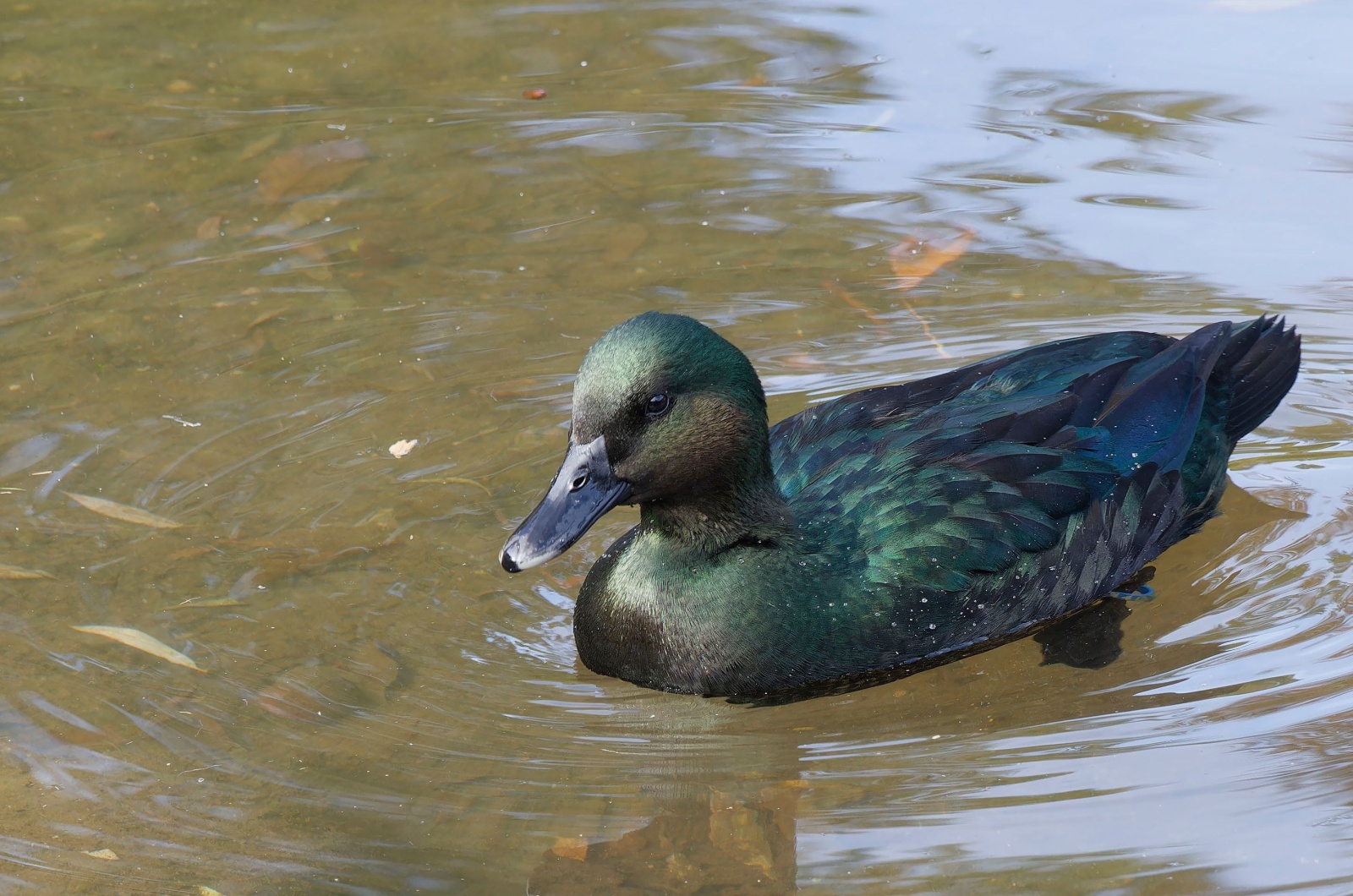
Credit: Shutterstock
The Labrador Duck, a sea duck native to the North Atlantic coasts of North America, was declared extinct in the late 19th century. Little is known about its biology or reasons for extinction, though overhunting and habitat loss likely played a role.
Despite limited data, scientists are exploring the potential of de-extinction for the Labrador Duck. By examining its genome through preserved specimens and studying related waterfowl, researchers aim to understand this enigmatic species better.
Reviving the Labrador Duck could help scientists explore its ecological niche and contribute valuable insights into avian conservation and extinction prevention.
13. Carolina Parakeet
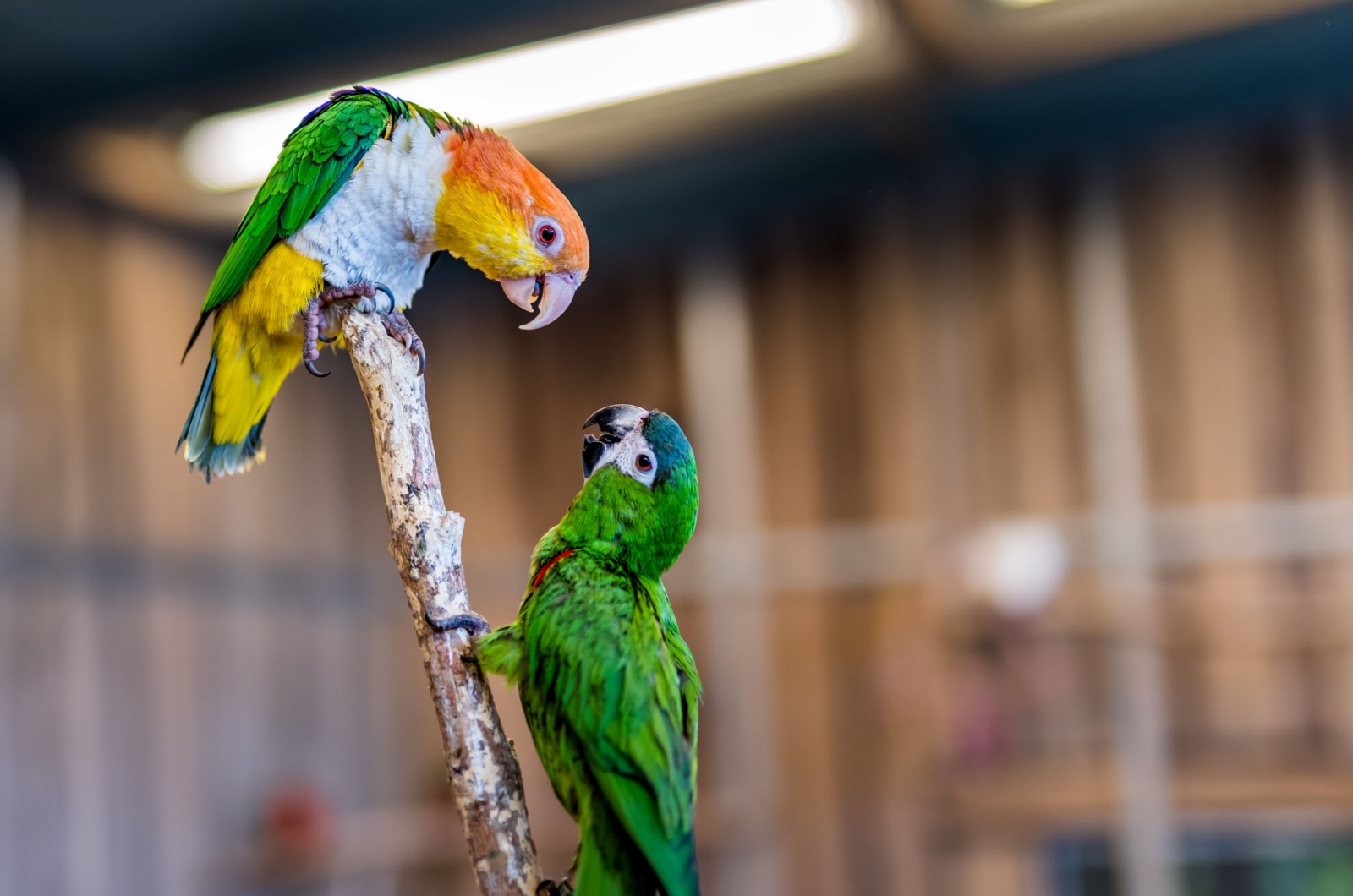
Credit: Shutterstock
The Carolina Parakeet, the only native parrot species of the eastern United States, went extinct in the early 20th century due to habitat destruction, hunting, and disease. Vibrantly colored and highly social, these birds once thrived in large flocks across forests and swamps.
Scientists are working to revive the Carolina Parakeet by studying its closest genetic relatives, such as the Sun Parakeet and other South American parrots.
Using advanced gene-editing technologies and preserved genetic material, researchers aim to recreate this iconic species. Reviving the Carolina Parakeet could restore ecological balance and highlight the importance of conserving native habitats.
14. Pyrenean Ibex
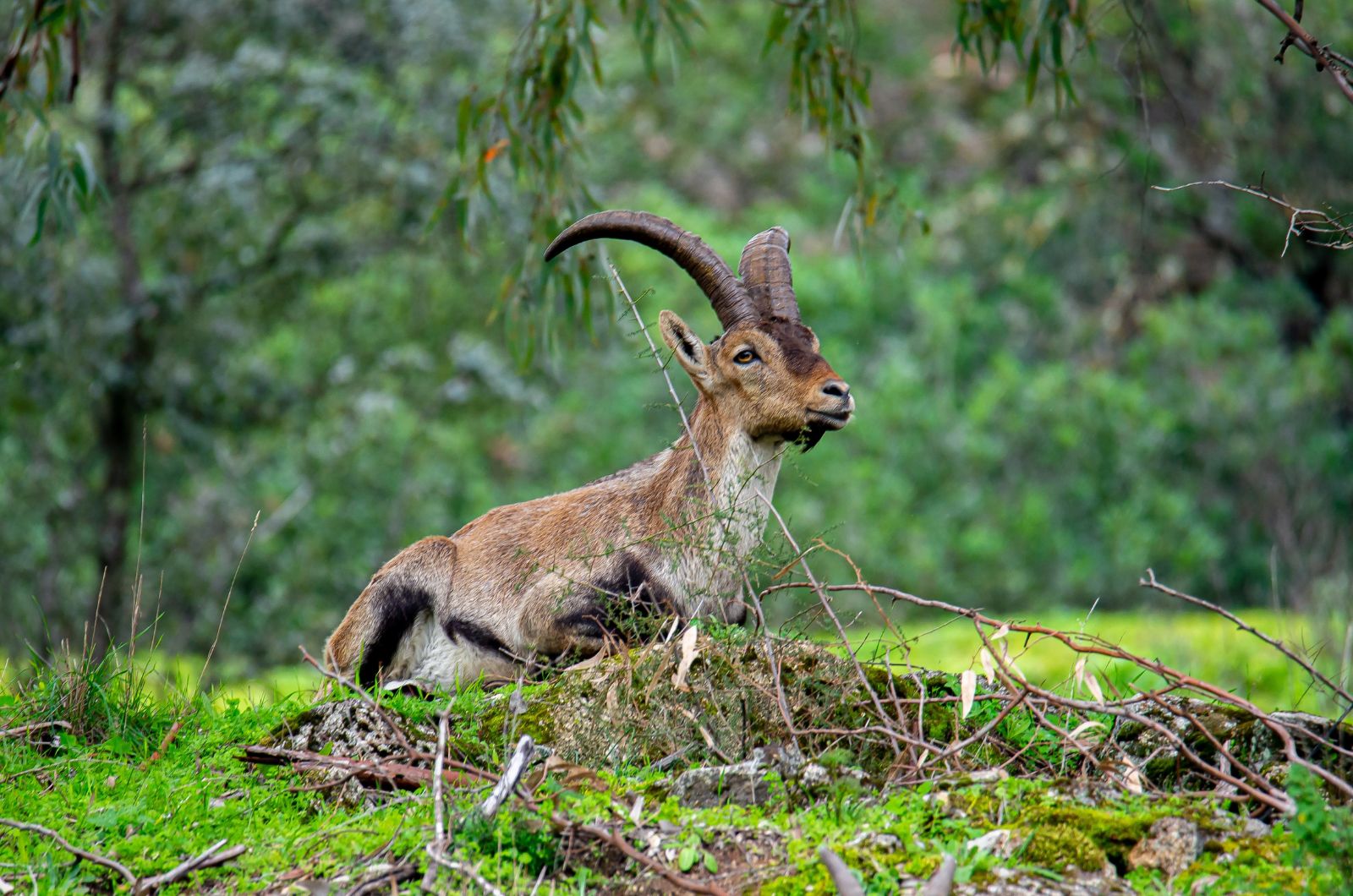
The Pyrenean Ibex, a wild goat native to the mountains of the Pyrenees, was declared extinct in 2000 after the last known individual passed away.
Known for its distinctive, curved horns and rugged appearance, the species was once a symbol of the mountainous regions it inhabited. Scientists are exploring the possibility of bringing back the Pyrenean Ibex through cloning, using DNA from preserved specimens.
While the success of such efforts remains uncertain, the potential revival of this majestic creature represents a fascinating step in conservation science and de-extinction technology.
15. Caribbean Monk Seal
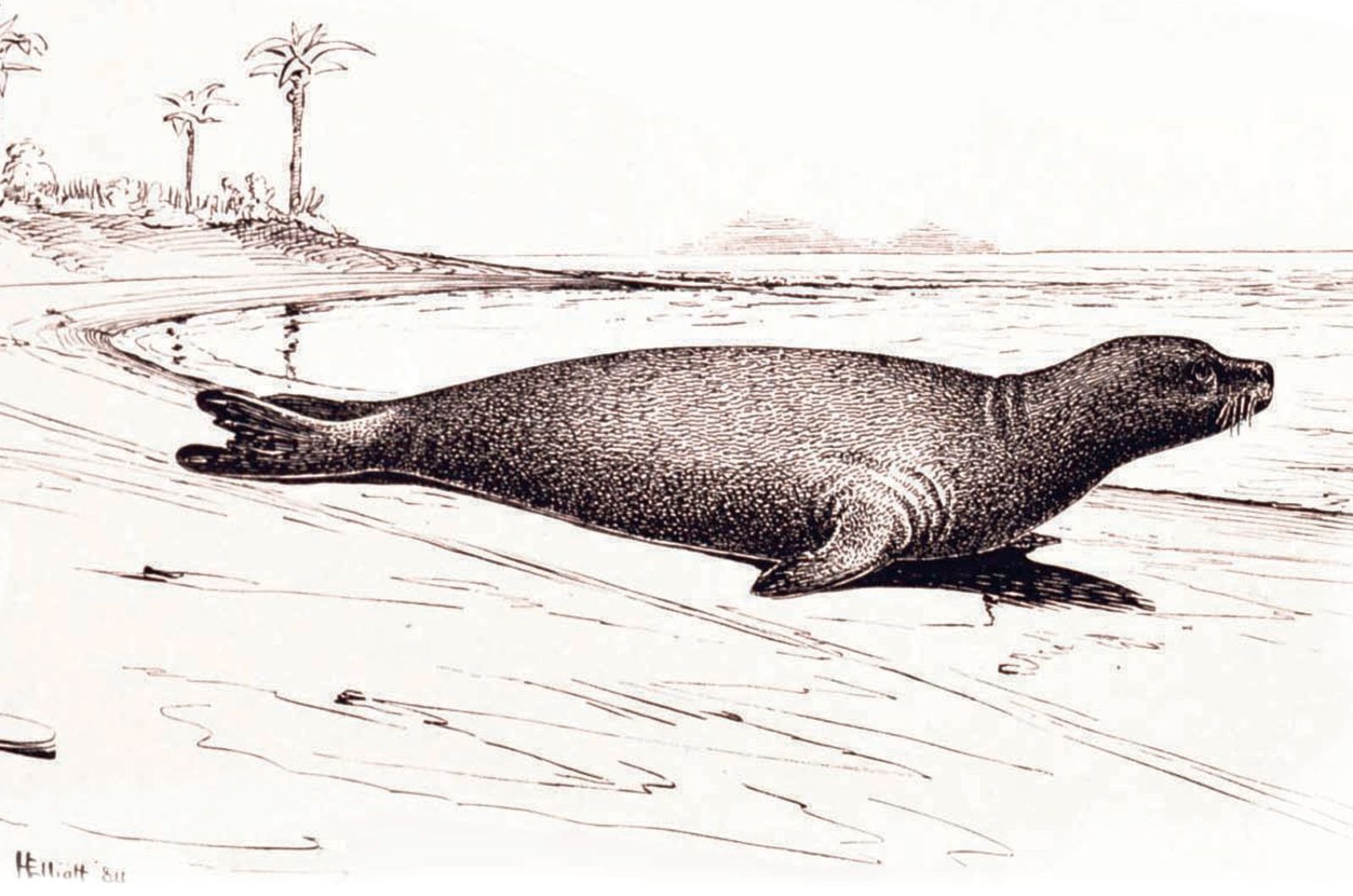
The Caribbean Monk Seal, once found in the warm waters of the Caribbean and Gulf of Mexico, was declared extinct in 2008 due to overhunting and habitat destruction.
This gentle marine mammal was known for its playful nature and its ability to thrive in shallow coastal waters. Scientists are hopeful about the possibility of reviving the Caribbean Monk Seal through de-extinction techniques, using DNA from preserved specimens.
The restoration of this unique species could play an important role in the ecosystem and highlight the potential for conservation efforts using advanced genetic technologies.

